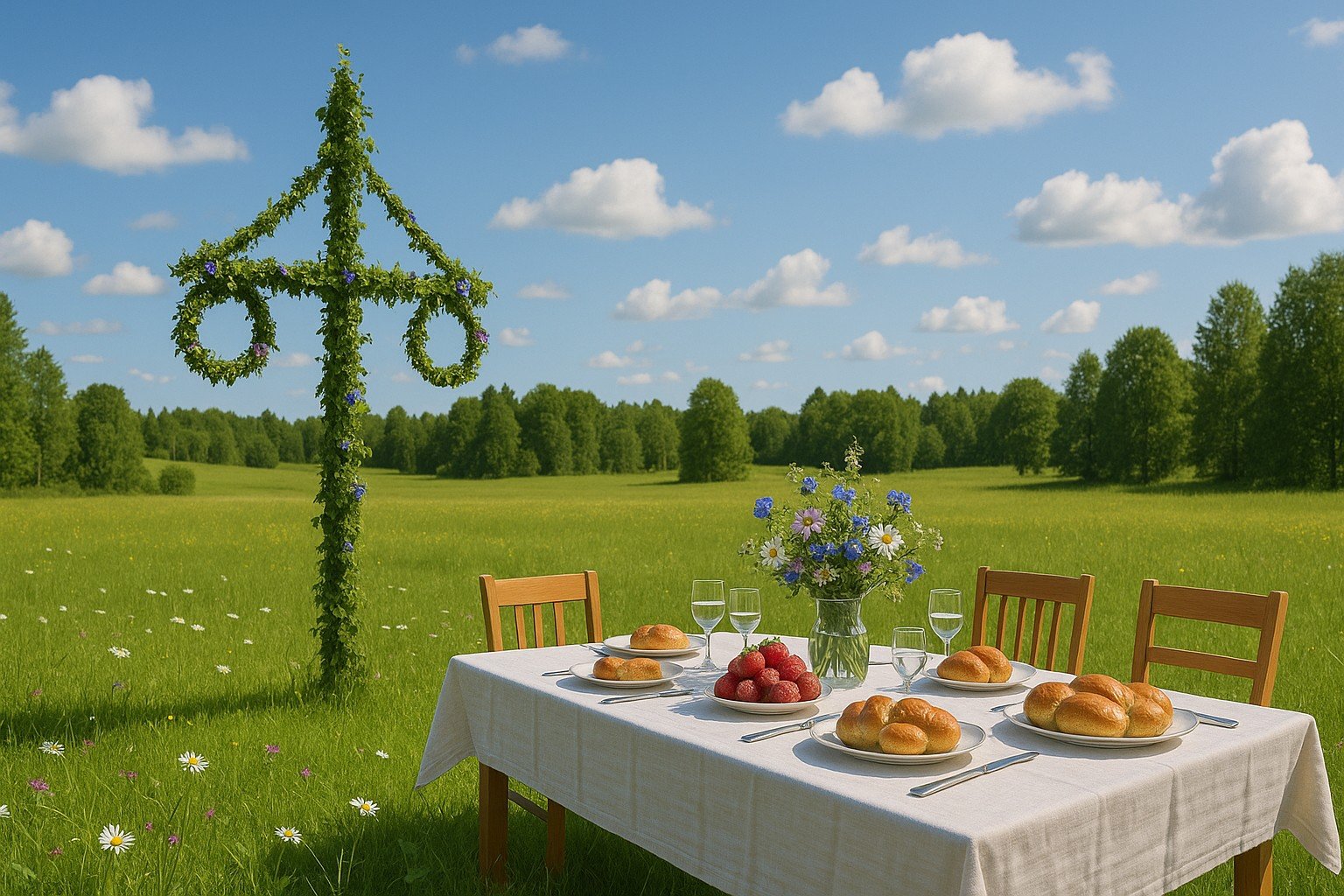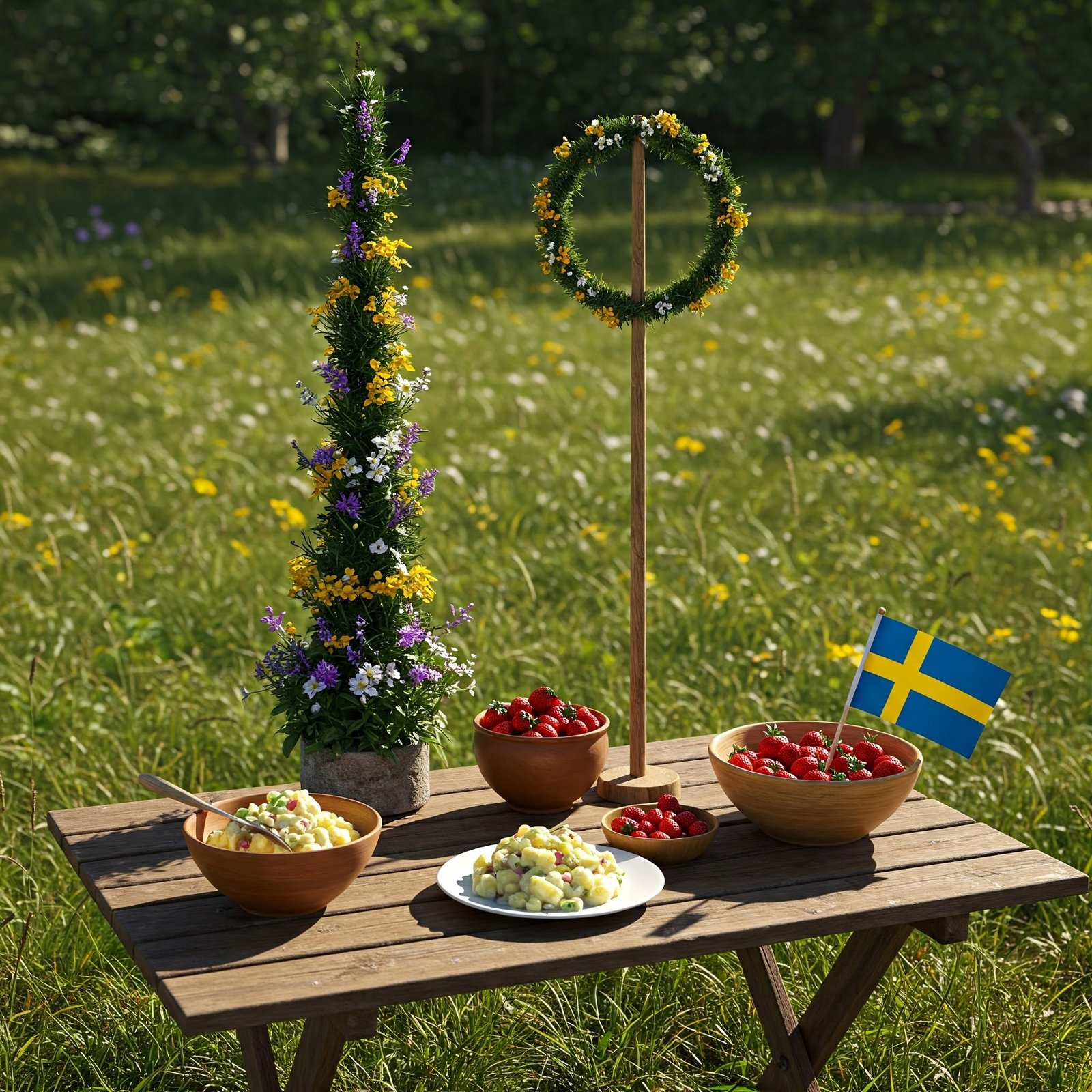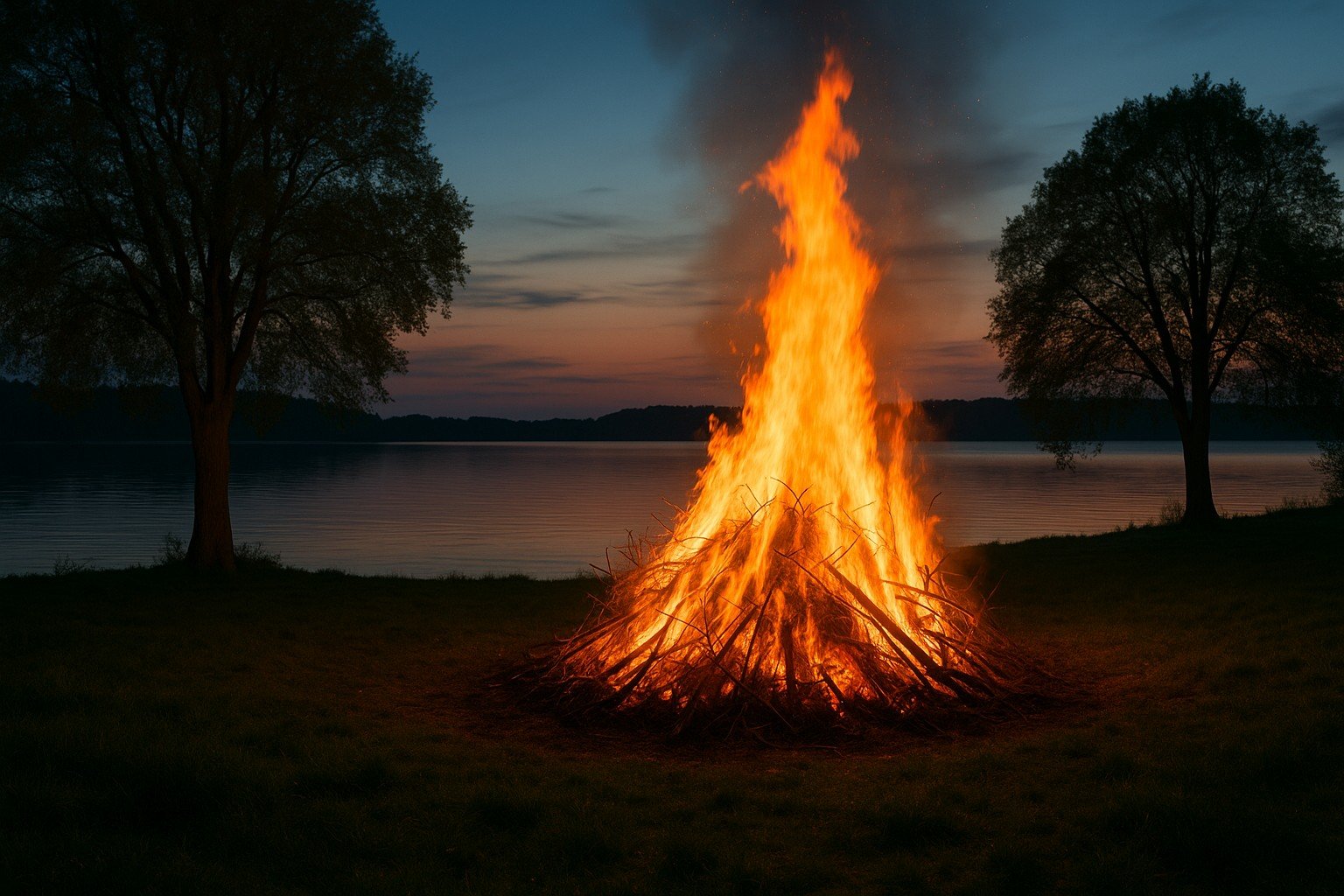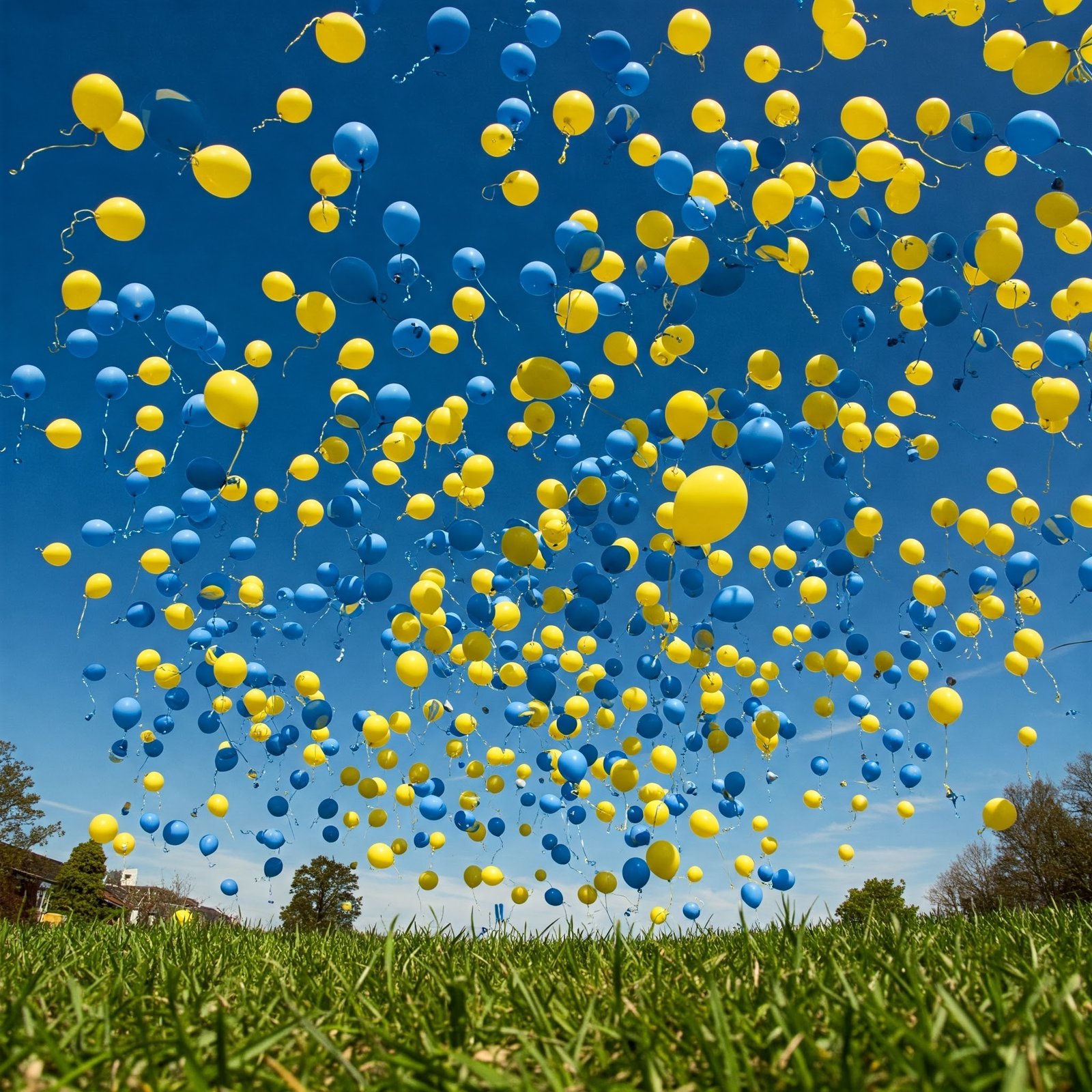What Is Midsummer?
Midsummer (Midsommar) is one of Sweden’s most cherished cultural celebrations. It marks the summer solstice and the arrival of long, light-filled days. Celebrated in late June — typically on the Friday between June 19–25 — it is second only to Christmas in importance for many Swedes.
It’s a joyful holiday spent outdoors with friends and family, involving dancing, singing, floral decorations, and traditional food. For visitors, it’s one of the most immersive ways to experience Swedish culture firsthand.
When Is Midsummer Celebrated?
Midsummer is always celebrated on a Friday, but the festivities often stretch into the weekend. The exact date changes every year but always falls between June 19–25. The Friday is known as Midsommarafton (Midsummer Eve), and that’s when most of the celebration happens.
Many businesses and even public transportation reduce hours or close for the holiday weekend, so plan accordingly.
Typical Midsummer Traditions
- Maypole Dancing: A tall pole decorated with flowers and greenery is raised in a central spot. People gather to dance around it to traditional Swedish songs.
- Flower Crowns: Making and wearing flower crowns is popular, especially among women and children. Many visitors are invited to join in.
- Folk Music and Singing: Traditional tunes and silly group dances like “Små grodorna” (The Little Frogs) are part of the fun.
- Midsummer Feast: A long outdoor lunch with pickled herring, new potatoes, sour cream, chives, salmon, crispbread, and strawberry cake. All accompanied by cold beer and shots of schnapps with singing.
How to Dress for Midsummer
There’s no official dress code, but Swedes often wear light, summery clothes. Traditional folk costumes are worn in rural and historical celebrations. Flower crowns are universally accepted and a beautiful touch if you want to participate — many locals will even help you make one.
Comfortable shoes are a must since many celebrations involve dancing, walking, and being outdoors all day.
Where to Celebrate Midsummer
- Skansen, Stockholm: One of the most accessible and traditional Midsummer events, held at the open-air museum. Great for families and first-time visitors.
- Dalarna (e.g., Leksand, Rättvik): Known as the heartland of Midsummer. Here you’ll find folk costumes, large maypoles, and old traditions maintained.
- Gotland & Öland: Celebrate Midsummer surrounded by nature and coastal charm. These islands are popular summer spots for locals and tourists alike.
- Local parks and villages: Many small communities host their own Midsummer events. Look for announcements on local websites or Facebook groups.
Visitors are welcome at most public Midsummer celebrations. You don’t need to know the dances or lyrics — just follow along, smile, and enjoy the atmosphere.



